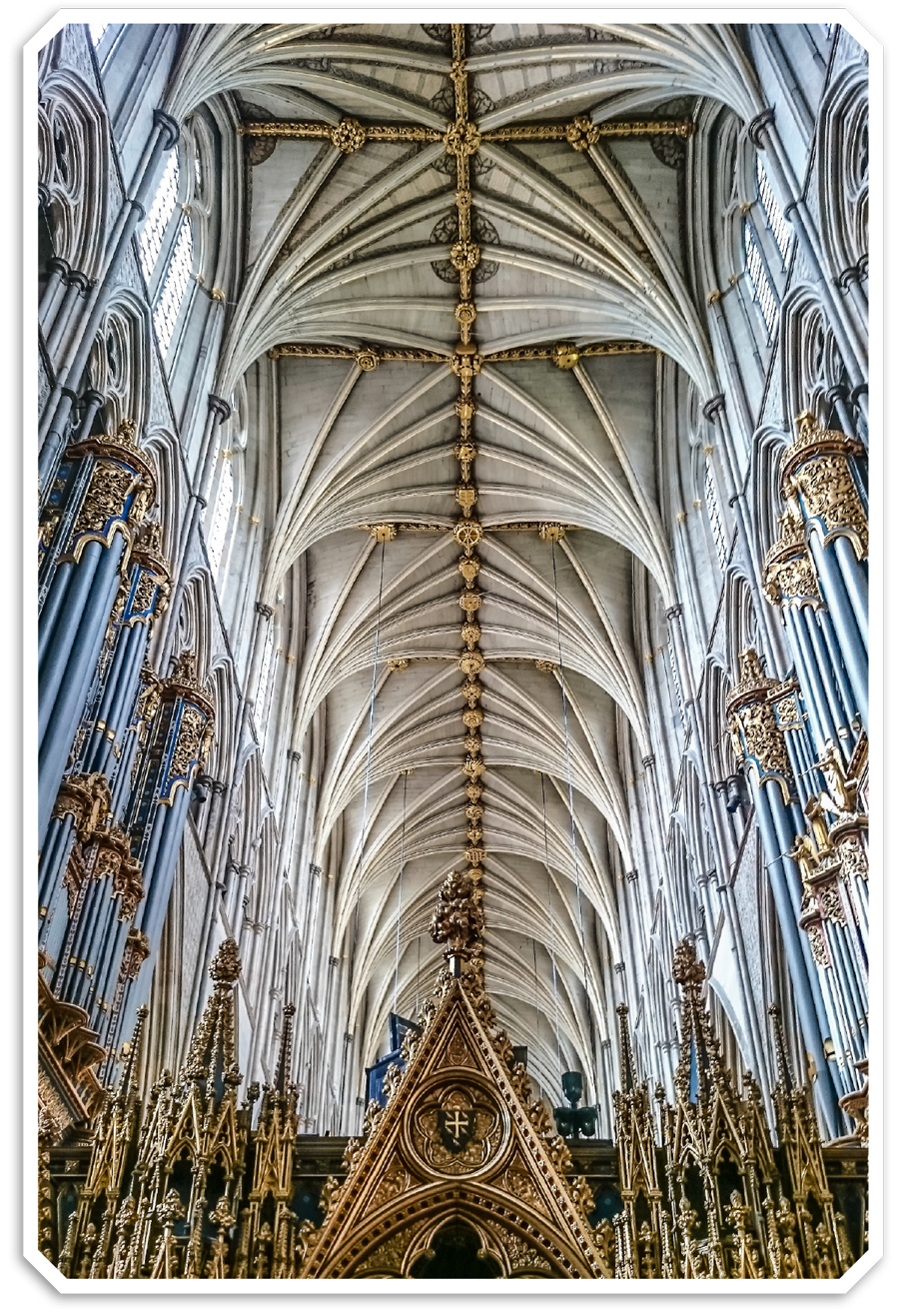Arriving in London, Charles’s coach passes St. Paul’s Cathedral and Westminster Abbey. Charles knew these places were significant to British history. Research St. Paul’s Cathedral and Westminster Abbey. List five reasons why each of these places is historically significant to England.
The Wesley brothers minister to the Native Americans in Georgia. The book gives a glimpse into the relationship James Oglethorpe had with the Wesleys. Research the role he played in the establishment of Georgia.
There are over forty cathedrals in England. Draw a cathedral—or build one using Styrofoam sheeting or balsa wood—that includes the important architectural features of a cathedral. Cathedral: The Story of Its Construction by David Macaulay (Sandpiper, 1981) is a helpful resource.
Prisoners were suffering in severe conditions—hungry and sick. The Methodist students were bold. Encouraged by William Morgan’s enthusiasm, the students—including Charles—enter Castle Prison. They are mocked, tormented, and called names. Charles is hit in the face with a tomato. These “shows of bravery attracted other well-meaning men…among them a student named George Whitefield.” Wesley and Whitefield were raised in very different circumstances, yet were both highly influential evangelists and reformers. Read pages 78 to 80. Discuss how these men spurred one another on.

Be bold! Use this study, or any variation, to come alongside your high schooler in order to best meet and foster his or her learning style or career goals.

